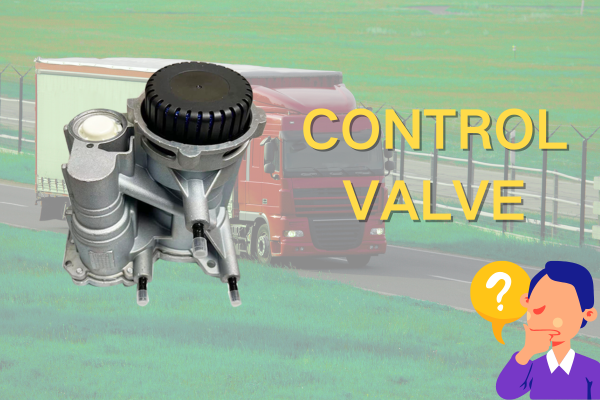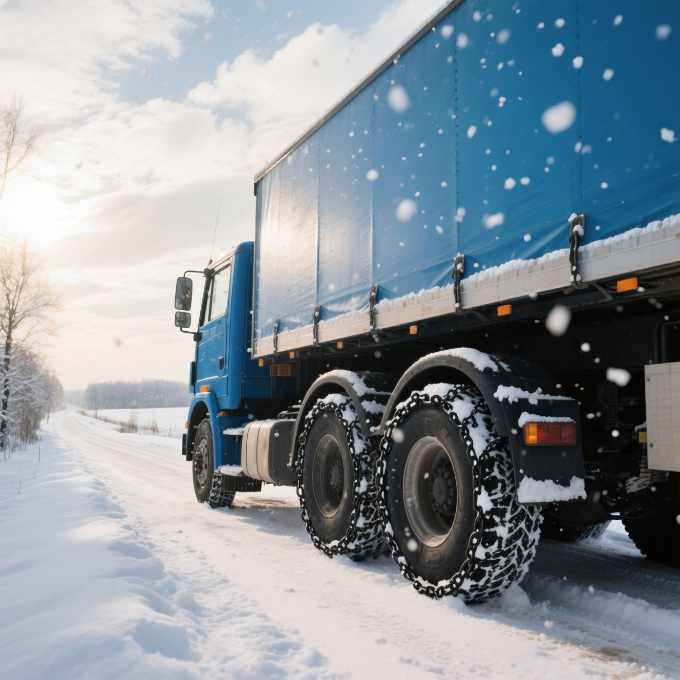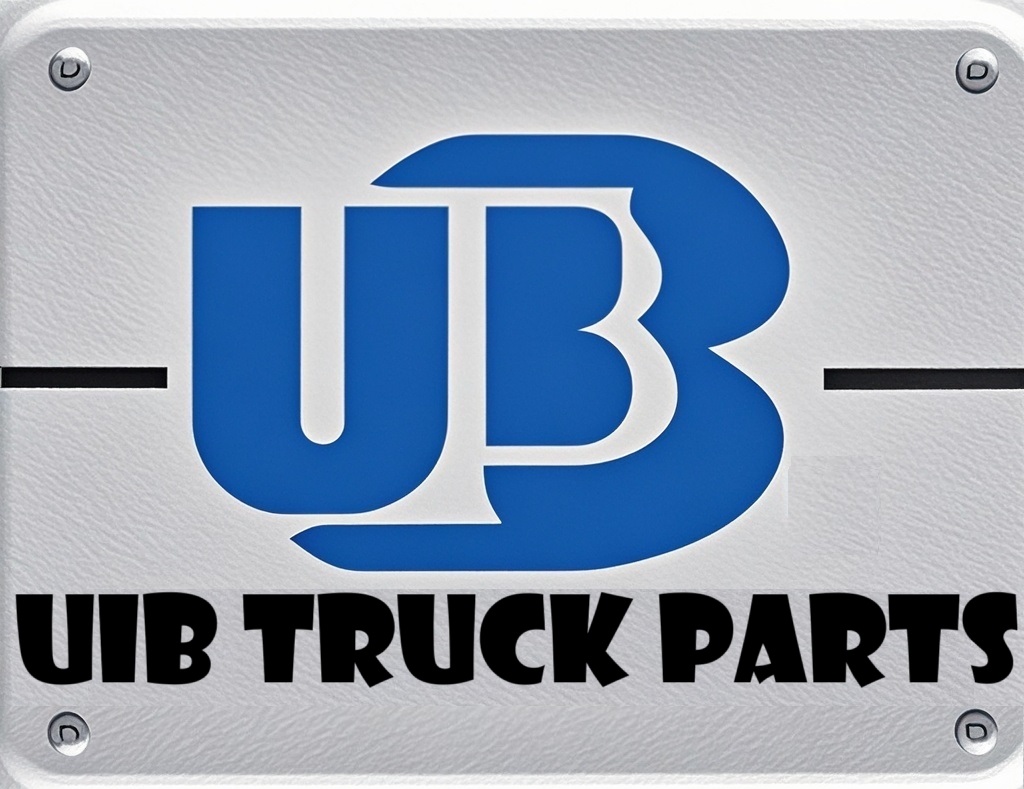About Us
A Comprehensive Guide to Trucks: From Classification to Future Development
Views : 239
Update time : 2025-06-26 14:10:25
Trucks serve as the core of modern logistics transportation, and their diversity in types and functions far exceeds common perception. Ranging from micro trucks for urban distribution to heavy - duty tractors for international transport, different models exhibit significant variations in wheelbase, load - bearing capacity, and chassis structure. This article systematically organizes the classification logic, technical characteristics, and application scenarios of trucks, providing a comprehensive knowledge map for logistics professionals and truck enthusiasts.
I. Classification by Load - Bearing Capacity: From Micro to Ultra - Heavy - Duty
(1) Micro Trucks (Load - Bearing Capacity ≤ 1.8 Tons)
- Technical Characteristics: Adopting single - row or double - row cab designs, with a typical wheelbase of less than 2.5 meters, engine displacements usually between 1.0 - 1.5L, and matched with 5 - speed manual transmissions. Representative models such as Foton Xiangling and Wuling Rongguang Small Truck have a body width of less than 2 meters, making them suitable for navigating narrow alleys.
- Application Scenarios: Used for urban fresh produce distribution, express delivery in the final - mile, and short - distance building material transportation, with a daily driving mileage generally not exceeding 200 kilometers.
- Typical Configurations: Rear leaf - spring suspension (with 3 - 5 leaves), drum brake system, hydraulic power steering, and some models offer the option of electric power assistance for enhanced maneuverability.
(2) Light - Duty Trucks (1.8 Tons < Load - Bearing Capacity ≤ 6 Tons)
- Market Mainstays: Models like Jiangling Kaiyun and FAW Jiefang J6F account for over 60% of the urban distribution logistics market. Their wheelbase ranges from 3.3 to 3.8 meters, and cargo box lengths vary from 4.2 to 5.2 meters.
- Technological Upgrades: National VI emission - compliant models commonly feature DPF (Diesel Particulate Filter) and SCR (Selective Catalytic Reduction) systems, reducing fuel consumption by 8 - 12% compared to National V models. For example, the Isuzu KV100 by Qingling, equipped with the 4KH1 engine, has a fuel consumption of only 10 - 12L per 100 kilometers.
- Innovative Designs: Some models use aluminum alloy cargo boxes (reducing weight by 30%) and air suspensions (improving cargo protection capabilities), such as the Foton Aumark S3 Super Light - Duty Truck.
(3) Medium - Duty Trucks (6 Tons < Load - Bearing Capacity ≤ 14 Tons)
- Main Forces in Highway Transportation: Models like Dongfeng Tianjin and Shaanxi Auto Xuande are commonly seen in inter - city logistics. With a wheelbase of 4.5 - 5.2 meters, their cargo box volumes reach 30 - 40 cubic meters.
- Power Configurations: Mainly equipped with 4 - 6 - cylinder diesel engines, with power outputs ranging from 140 to 220 horsepower, and matched with 8 - speed transmissions. For instance, the JAC Geerfa A5X, equipped with the Yuchai YCS04 engine, has a maximum torque of 760N·m.
- Specialized Applications: Special - purpose vehicles such as water sprinklers and garbage trucks are mostly modified based on medium - duty truck chassis, with the superstructure accounting for 40 - 60% of the total vehicle cost.
(4) Heavy - Duty Trucks (14 Tons < Load - Bearing Capacity ≤ 31 Tons)
- Core of Long - Distance Logistics: Models like FAW Jiefang J7 and Sinotruk Howo SITRAK C7H, with a wheelbase of 5.8 - 7.2 meters, can tow trailers with a load - bearing capacity of up to 60 tons.
- High - End Configurations: Flat - floor cabs (with an internal height of over 2 meters), air - suspended seats, and hydraulic retarders (eliminating the need for frequent braking on downhill sections) have become standard. Some models have a cruising range of over 2000 kilometers.
- Fuel Consumption Data: The comprehensive fuel consumption is 28 - 35L per 100 kilometers. Calculated based on an annual operation of 150,000 kilometers, fuel costs account for 35 - 40% of the total operating costs.
(5) Ultra - Heavy - Duty Trucks (Load - Bearing Capacity > 31 Tons)
- Engineering Transportation Giants: Models such as Sinotruk HOWO Mining King and Shaanxi Auto Delong X3000 Heavy - Load Version, adopting an 8×8 drive format, can carry 80 - 120 tons of ore.
- Special Designs: Double - layer frames (with a tensile strength ≥ 550MPa), reinforced axles (with a single - axle load of over 16 tons), and wide - base off - road tires (with a diameter of over 1.8 meters).
- Intelligent Trends: In some mining areas, 5G - remote - controlled ultra - heavy - duty trucks have been applied. For example, the XCMG XDR80 mining truck can achieve unmanned continuous operation.
II. Classification by Chassis Structure: The Technical Code of Drive Form and Wheelbase
(1) 4×2 Drive Trucks
- Representatives of Single - Axle Trucks: The Foton Auman ETX 4×2 tractor is suitable for transporting light and bulky goods, with a purchase cost 15 - 20% lower than that of 6×4 models.
- Technical Limitations: With only 2 driven wheels, it is prone to skidding on wet roads, and its climbing ability is approximately 20% weaker than that of 6×4 models.
(2) 6×2 Drive Trucks
- Sub - types:
- Rear - lift 6×2: The rear axle can be lifted off the ground when unloaded, reducing tire wear, such as the Dongfeng Liuzhou Chenglong H5.
- Dual - front - axle 6×2: Offers more flexible steering, suitable for mountainous roads, such as the FAW Jiefang Long V.
- Fuel Consumption Advantages: 5 - 8% more fuel - efficient than 6×4 models, but with a 10 - 15% reduction in driving torque.
(3) 6×4 Drive Trucks
- Main Forces in Highway Heavy - Load Transportation: Accounting for 70% of the long - distance tractor market, representative models include FAW Jiefang J6P and Dongfeng Tianlong KL.
- Technical Highlights: Dual - driven axles can achieve inter - wheel differential locks and inter - axle differential locks, improving passability in adverse road conditions by 30%.
(4) 8×4 Drive Trucks
- Preferred for Engineering Vehicles: Used in scenarios such as concrete mixer trucks and dump trucks. For example, the Sinotruk Howo TX 8×4 mixer truck has a tank volume of up to 14 cubic meters.
- Load - Bearing Design: Dual - front steering axles + dual - rear driven axles, increasing the overall load - bearing capacity by 25% compared to 6×4 models.
III. Classification by Application: From Highway Transportation to Special Operations
(1) Highway Transportation
- Tractors: Accounting for 35% of the truck market, they are divided into cab - over (such as Shaanxi Auto Delong X5000) and conventional (such as Ford F - 650) types. Conventional trucks have a drag coefficient 12% lower than cab - over trucks.
- Trucks: Including box trucks (enclosed cargo boxes), stake trucks (open - sided cargo boxes), and flatbed trucks (without side panels), among which box trucks account for 60% of the urban distribution market.
(2) Engineering Operations
- Dump Trucks: Models like Foton Ruwo ES5 (6×4) and SAIC Hongyan Jieshi C6 (8×4), with a hydraulic lifting system that can complete unloading within 15 seconds, are suitable for construction waste transportation.
- Truck - Mounted Cranes: XCMG K - series truck cranes have a maximum lifting capacity of 130 tons, and the outrigger span can reach up to 8 meters.
(3) Special - Purpose Vehicles
- Refrigerated Trucks: The Dongfeng Liuzhou Chenglong H7 refrigerated truck, with a polyurethane insulated cargo box (insulation layer thickness of 80mm), can maintain temperatures ranging from - 18°C to + 25°C.
- Fire Trucks: The Sinotruk SITRAK 8×4 fire truck has a water tank capacity of 20 tons and a water pump flow rate of 60L/s, enabling continuous water supply for up to 1 hour.
(4) Off - Road Transportation
- Military Trucks: Models like Dongfeng Mengshi (4×4) and Shaanxi Auto SX2150 (6×6) can operate at altitudes above 5000 meters and temperatures as low as - 40°C.
- Mining Trucks: The Taiyuan Heavy Industry TH90 mining dump truck, with a load - bearing capacity of 90 tons, is equipped with an electro - hydraulic control system, and the shift shock is ≤ 5m/s³.
IV. Trends in Truck Technology Development
(1) New Energy Transformation
- Electric Trucks: The BYD T8 pure electric road sweeper has a cruising range of 200 kilometers and a charging time of 1.5 hours, with an operating cost 60% lower than that of diesel trucks.
- Hydrogen - Fueled Trucks: The Yutong hydrogen - fueled heavy - duty truck has a cruising range of 1000 kilometers and a hydrogen refueling time of 10 minutes, achieving zero emissions and zero pollution.
(2) Intelligent Upgrades
- Level 2 Driver Assistance: The FAW Jiefang J7 comes standard with ACC adaptive cruise control and LKA lane - keeping assist, reducing driver fatigue by 30%.
- Telematics Systems: The Foton Super Truck 2.0, equipped with the X - Truck telematics system, can monitor fuel consumption, tire pressure, and driver behavior in real - time, helping fleets reduce operating costs by 15%.
(3) Lightweight Design
- Application of New Materials: Aluminum alloy wheels (reducing weight by 30%), carbon fiber drive shafts (reducing weight by 40%), and magnesium alloy transmission casings (reducing weight by 25%).
- Structural Optimization: Modular frame designs can reduce the number of parts by 20% while increasing strength by 15%.
From urban streets to mining sites, trucks in various forms support the operation of the global supply chain. With the development of new energy technologies and autonomous driving, traditional trucks are undergoing a transformation towards green and intelligent development. Understanding the classification and technology of trucks is not only the professional foundation for practitioners but also the key to comprehending the modern logistics system.
This article covers various dimensions such as truck classification, technical characteristics, application scenarios, and industry trends. If you need in - depth exploration of a specific sub - field, such as the technical analysis of new energy trucks or fleet management strategies, please specify the direction for further content refinement.
相关新闻
 Revealing Three Little-Known Facts About Trucks
Revealing Three Little-Known Facts About Trucks
Aug 06,2025
This article presents three little-known facts about trucks, including that the cab can be flipped for engine maintenance, the rearview mirrors are equipped with defrosting and deicing functions, and the small tank next to the fuel tank is an urea tank which is crucial for environmental protection. It helps readers understand the secrets behind truck designs and functions.
 Control Valve: The "Key Steward" in Truck Engines
Control Valve: The "Key Steward" in Truck Engines
Aug 05,2025
This article introduces the role of the control valve in the diesel pump, including controlling fuel quantity and stabilizing pressure; lists symptoms when it malfunctions, such as weakened power and increased fuel consumption; provides maintenance methods, and illustrates through cases that paying attention to the control valve can avoid unnecessary expenses.
 Control Valve: The "Invisible Commander" of Truck Power
Control Valve: The "Invisible Commander" of Truck Power
Aug 05,2025
The control valve is an indispensable core regulating component in the truck power system. Although it hides inside the machinery and keeps a low profile, it relies on its powerful functions to precisely command the rhythm of power output, comprehensively ensure driving safety, and intelligently adapt to various working conditions. With sophisticated design techniques and durable material selection, it can achieve a perfect balance between power and efficiency in various complex scenarios, and can be called the invisible cornerstone supporting the efficient and stable operation of trucks.
 Truck Snow Chains: Safety Guarantee on Icy and Snowy Roads
Truck Snow Chains: Safety Guarantee on Icy and Snowy Roads
Jul 28,2025
This article elaborates on truck snow chains, including their important role on icy and snowy roads, applicable scenarios, selection methods, installation steps, and usage precautions. It aims to provide references for truck drivers to drive safely in icy and snowy weather and reduce accidents caused by slippery roads.
